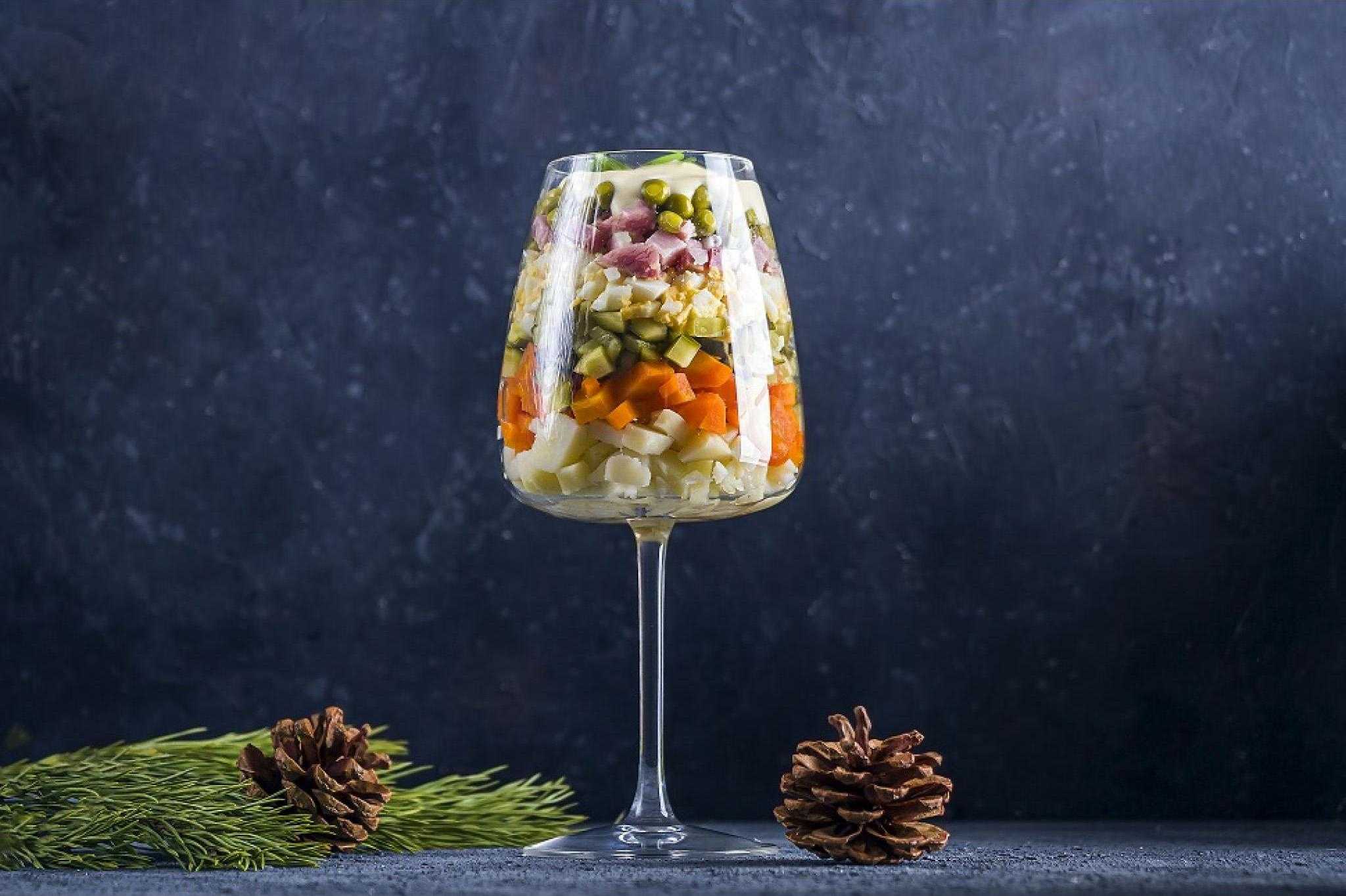The fact that wines are divided into white and red knows even a child. It is also widely known that there are rosé wines, and probably only a few are aware of the existence of orange and gray wines. Since all wine is made from grapes, why these differences in color? At first glance, the matter seems simple: red wines are made from dark grape varieties, white wines are made from white ones. But not quite. There are white wines made from grapes with dark skins. What about rose wines? Are they made by mixing red and white wine? Today we will try to explain these color complexities.
Why is red wine red?
The color in red wine is due to the pigment in the skins of the grapes. In order for the color to be released from the skins, they need to be macerated, i.e. keep the crushed grapes in the must for a certain period of time. The longer the skins are macerated in the must, the stronger the color of the wine becomes. In addition, during maceration, tannins are released from grape skins and seeds, which pass into the wine. It is the tannins that are responsible for that characteristic feeling of astringency that we feel in the mouth after drinking a sip of red wine. The amount of tannins in wine varies. In short, the longer the maceration lasts, the more tannins there are in the wine. For some, too much tannin causes an unpleasant experience. But without tannins, wine would not be wine. They give the wine the potential to mature, during which it mellows and gradually loses its astringent character.
Red wine can have various shades from deep, almost black red, through purple, cherry red to brick red. In addition, it can have brick-red, purple, navy blue reflections. These differences in color depend on the variety of grapes used and the methods of vinification. Grapes with a thicker skin, such as Cabernet Sauvignon, produce wines with a more intense color. Those with thin skins, such as pinot noir, produce lighter and lighter wines. However, the length of aging affects the color intensity the most. The longer the aging period, the clearer the brick-red shades the wine acquires.
Red wines have a much more intense flavor and aroma than white wines. For this reason, they are usually better suited to heavier and more spiced dishes. They also contain 10 times more antioxidants that destroy free radicals that are responsible for aging. A small amount of red wine drunk daily has a great effect on the circulatory system and heart.
Why is white wine white?
Basically, white wines are made from white grapes. But not always. There are cases where white wine is made from grapes with dark skins. How come they have a bright color then? Because maceration is not used in this case. The grapes are pressed, then the skins are separated from the must before it is fermented. This is how wines such as gewurztraminer and some varieties of muscat are made. Also famous champagne is made from dark grape varieties: pinot noir and pinot meunier combined with a light variety of chardonnay.
The color of white wine ranges from almost transparent as in the case of vinho verde, through greenish, various shades of yellow to amber and even tea. Here, as in the case of red wine, everything depends on the grape variety, vinification methods and the length of the maturation process.
White wine is lighter than red, refreshing, more delicate and more acidic. It also goes well with more delicate dishes than red wine. It perfectly combines with fish and seafood. In the case of white wine, it is good to stick to the rule: the fatter the dish, the drier the wine.
Where does rose in wine come from?
Is rosé wine a combination of white and red wine? Sometimes it is, but rarely, and in Europe such mixing is even forbidden (with the exception of Champagne). Most often, rosé wine is made from the same grapes as red wine. The skins are macerated in the must briefly enough to give it only a slight color. Immediately after this, the skins are strained and only the must itself is fermented. As with white and red wines, rosé wines also differ in color. The color palette ranges from very bright, salmon, through powder pink to juicy, but transparent red. Rosé wine combines the characteristics of white and red wine. The aromas of dark fruit are clearly perceptible, and at the same time it is much lighter, fresher and refreshing. It is an ideal solution for people for whom red wine is too heavy and tart. Pink wine creates a well-matched duo with light snacks: salads, vegetables, cold cuts. It pairs well with Italian dishes, especially all kinds of pasta with tomato sauce. In addition, rosé wine goes well with sweet dishes – then it is best to choose a semi-sweet or sweet wine.
As we have already mentioned, there are also orange and gray wines. But that’s a topic for a completely different story…
Renata Pyskiewicz – Kowalska





